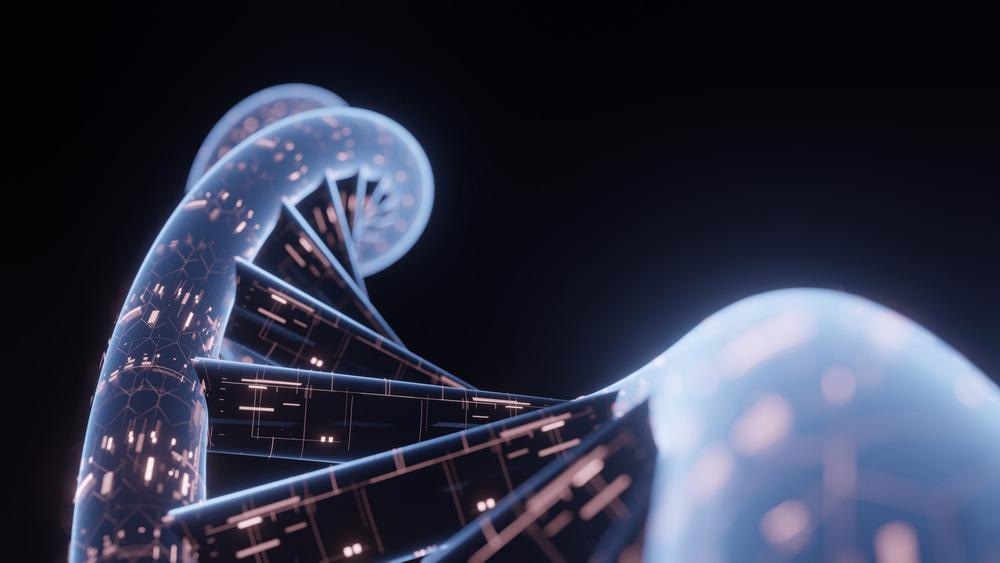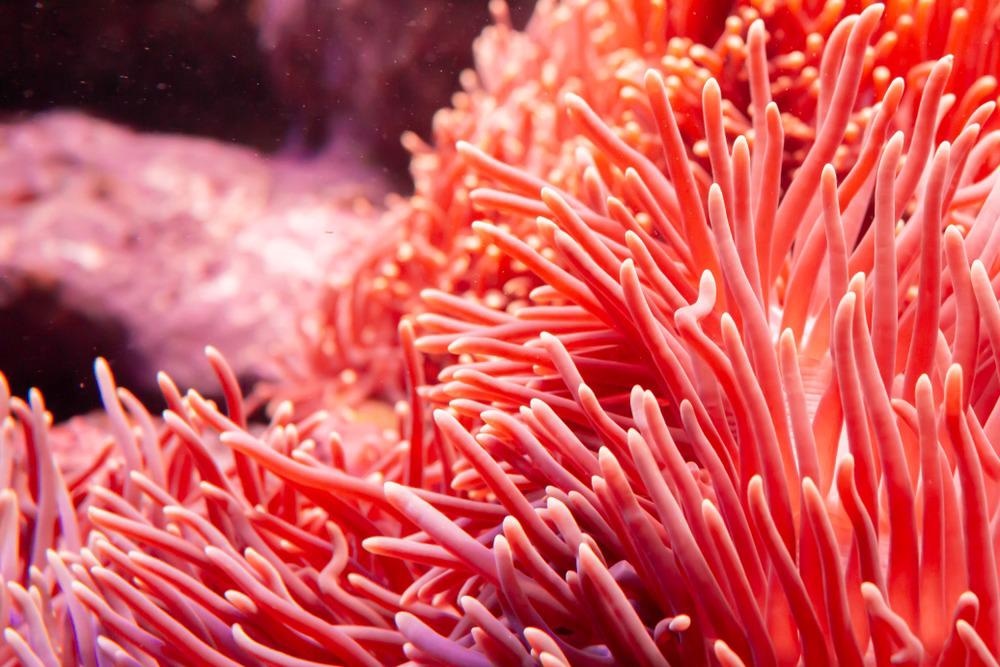Engineers regard biology as a technology. Synthetic biology aims to design and engineer biologically made parts for systems and devices by redesigning existing natural systems or creating entirely new systems. The goal is to design and build engineered live biological systems to process information, manipulate chemicals, manufacture materials and structures, produce food and energy and enhance human health. The possibilities are staggering.
Synthetic biology can be used as an alternative way of producing existing materials or manufacturing novel materials. Applications such as materials production, medical applications, microcomputers, food and drink production, pollution control, and energy production, amongst many others, can use synthetic biological processes. The applications for synthetic biology are almost limitless.

Image Credit: kkssr/Shutterstock.com
Synthetic Biology Manufacturing
Synthetic biology creates the possibility of producing bacteria to manufacture drugs currently harvested from plants. This process can help towards a more sustainable future where plants do not need to be destroyed to obtain tiny amounts of their makeup which is useful where the rest of the plant will be disposed of as waste. Only the material required is created in synthetic biology, reducing waste and environmental impact.
Synthetic Biology can also be applied to biofuels, where currently, 90% of plant material from sugar cane or palm oil will be wasted when producing bioethanol. Synthetic cell manufacture could also create a purer end product. In addition, researchers are working on algae that will produce hydrogen, which is a potentially valuable green fuel with no carbon dioxide as a byproduct.
Cellular Farming
A significant application of synthetic biology is cellular farming. Here the synthetic material would possibly be meat. It is possible to make any type of meat with no need for animals apart from the initial cell sample. Cells extracted from a cow, for example, and steak can be grown limitless times from the initial sample. This process has massive implications for food production. Quality food can now be produced without using live animals, eliminating the need for extensive land areas. The process is without any animal welfare issues. Potentially this massively reduces the greenhouse effects of beef farming.
This technique can be applied to any meat. So exotic meats like venison, water buffalo, bison, kangaroo, lobster, etc., could be produced the same way. This technique has massive implications for sorting after rare animal meats, which involves slaughtering endangered animals. The method can already be applied to the production of foods which is thought to be very cruel, like foie gras, eliminating any potential animal welfare issues.
It's not just agricultural meat products that can be produced by synthetic biology. The same principles can be applied to the production of coffee and the synthesis of starch, betacarotene, and rose oil, amongst other products.
It is also possible for natural proteins can be engineered to improve or change the function of enzymes used in detergents or to produce lactose-free milk.
Environmental Materials
When it comes to the environment, synthetic biology can play its part. For example, the production of artificial coral that can sequester carbon is under development.
Companies are already working on modified microbes for the bioremediation of polluted waters. Puraffinity is working on a system to remove PFAS (polyfloralcohols), which have strong bonds and do not degrade naturally. PFAS are known to have harmful health effects, particularly in children. Passing the water through microbe-based systems can remove the PFAS, and they can be recovered and recycled. Allonia is working on a microbe-based system that will degrade naphthenic compounds in the environment. However, these types of synthetic materials do require regulatory approval before being released into the environment.

Image Credit: iarecottonstudio/Shutterstock.com
Biological Computing
Progress in synthetic biology has been enabled by improvements in computational capacity and computer modeling combined with better technology for detecting and observing cells and cell components and compounds. This progress has allowed natural materials to be modified and designed for a myriad of purposes. One significant development has been in identifying and sequencing DNA and RNA. The development of CRISPR (clustered regular interspaced short palindrome repeats) has made it easier and quicker to identify nucleotides, the building blocks of DNA, and are sometimes known as Biobricks. Biobricks are stored in the Registry of Standard Biological Parts in the Massachusetts Institute of Technology, and the codes are available for purchase for a small fee.
Joining nucleotides together can produce artificial DNA, which can be used for a variety of purposes. Synthetic DNA can be injected into existing cells which can then be used to manufacture proteins and other compounds. Microbes can be modified and programmed to fluoresce when they contact specific materials such as heavy metals, thus creating biosensors. It is possible to make medical biosensors the same way they fluoresce in contact with specific pathogens.
DNA sequences can also be created to act like molecular-scale computers capable of both digital and analog calculations. It is also possible to produce a virus with a printed circuit built into its protein case.
As modern analytical techniques improve, the identification of molecules and cell components becomes possible. Once they are identified, their function becomes apparent, and they can be put to use or replaced with a more valuable component. Not only do we have the vast natural world to work with, but we can create synthetic biological components to augment nature. These creations' new functions and behavior can be modeled using powerful modern computers. This means synthetic biology has the potential to redefine materials and manufacturing.

 Continue Reading: What is Synthetic Biology?
Continue Reading: What is Synthetic Biology?
Further Reading
Last Updated: Jul 20, 2022